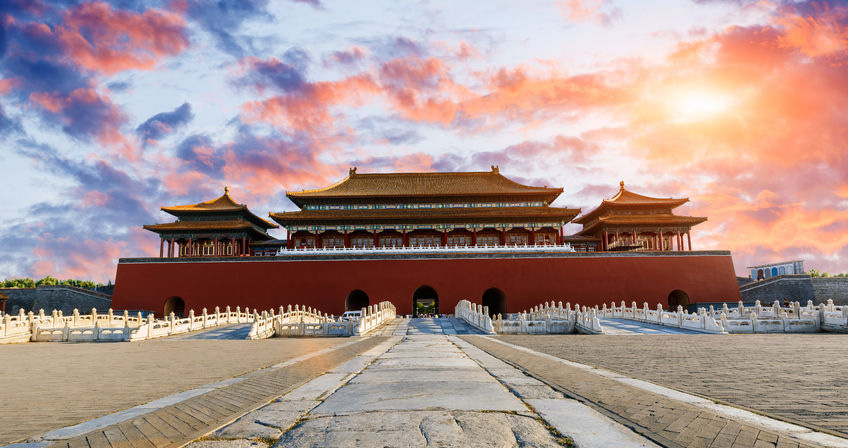
When it comes to cooking Mandarin style, also known as Beijing style, presentation is everything. No matter what the dish, chefs take pride in combining flavor and style for a truly unique dining experience. The cooking style, which originated centuries ago in China’s royal courts, combines colorful vegetables with mild spices. Mandarin chefs also mix crisp flavors with smooth ones and sweet flavors with sour ones.
The fact that this style of cooking traces its roots to chefs preparing food for emperors bodes well for today’s diners. Emperors of old were notoriously hard to please. Failing to do so could mean an immediate stop to earning an income as well as other unpleasant consequences. That means both smaller dishes served as snacks and elaborate meals receive the same careful attention to detail.
Mandarin Cooking Styles Today
Diners today can often tell the difference between the four primary styles of Mandarin cooking. These include:
- Imperial: These dishes evolved from traditional dishes served to royalty in China. The main characteristics associated with imperial dishes include a delicate taste, professional appearance, and high-quality ingredients.
- Muslim: This cooking style came about due to the large concentration of minority populations in Beijing, including Hui, Man, and Mongol. Many of their rulers came from northern tribes, which meant that their preferences for the preparation of mutton and beef had significant influence on the preparation of Mandarin cuisine. Some of the most popular Muslim style Mandarin dishes today include instantly boiled and simmered mutton along with roast beef.
- Official: As China’s capital city, Beijing attracts officials from all areas of the country. Traditionally, emperors and others brought their own chefs along in case they couldn’t locate a place to have food prepared the way they liked it. Nicknamed the official Mandarin cuisine, the most popular food in this category is Tanjia cuisine. This cooking style places a heavy emphasis on retaining the original flavor.
- Shandong: Due to its proximity to Beijing, people of the Shandong province of China introduced its traditional cuisine to this area. The combined flavors of the two regions made for some unique and beloved tastes for people from both areas.
San Francisco Diners Enjoy Culinary Traditions from Decades Ago
Chili House, the popular Chinese restaurant in San Francisco, is fortunate enough to have two master chefs on staff. Tong Gang Wang and Li Jun Han have brought their traditions and culinary training completed in China across the ocean to delight diners here. Wang’s experience cooking for Americans dates to 1972 when he was chosen at age 18 to cook for President Richard Nixon during his first visit to China. This experience made him an instant sensation, and he went on to become a master chef in his own country and the publisher of a 1990 cookbook. In 2015, he became Chili House’s head chef.
Wang joined forces with Li Jun Han, the owner of Chili House and Z & Y Restaurant in San Francisco. Han was a peer of Wang’s in China and was delighted to have him on his team thousands of miles away from their original home. Together, the pair plan to introduce more Beijing-style dishes to a customer base that can’t get enough of their cooking already.










